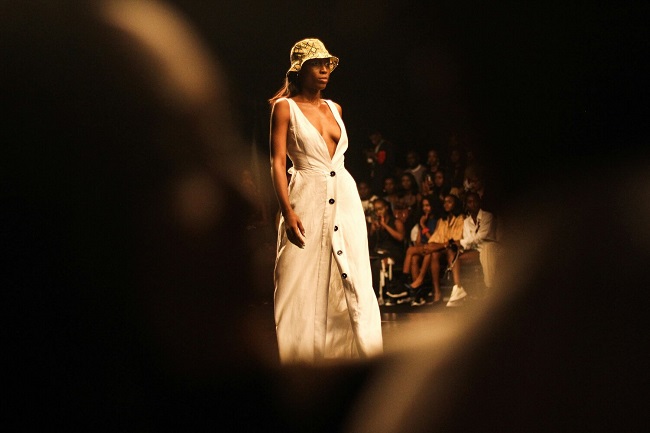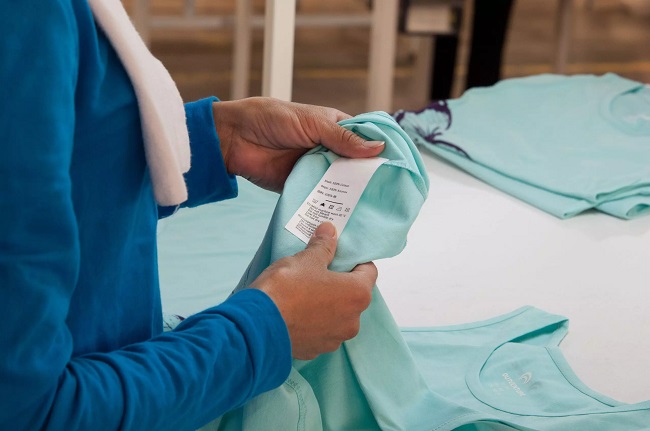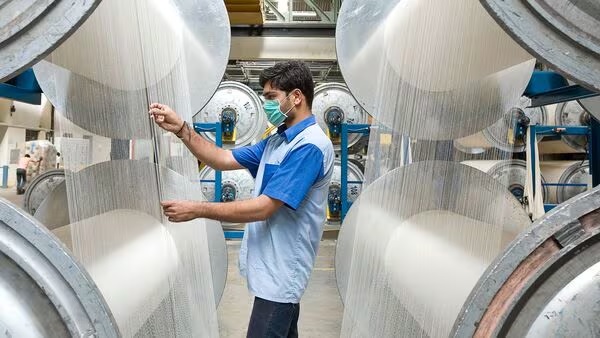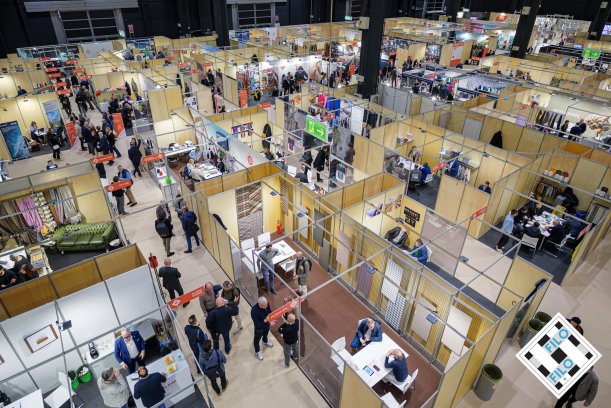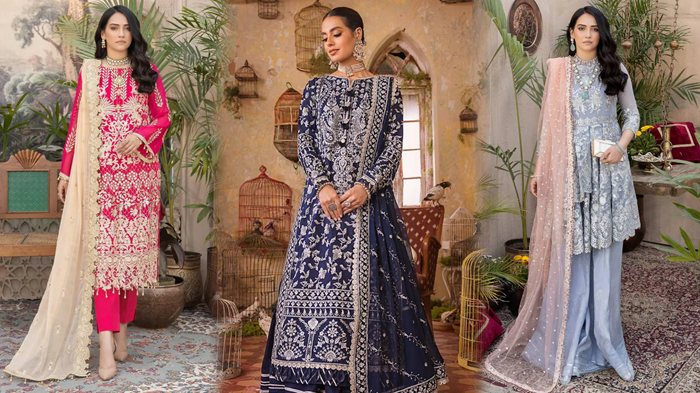
The recent article ‘Style: The Death of Pak Fashion?’ highlights the grim situation of the Pakistani fashion industry. The author, a seasoned fashion journalist, laments the decline of creativity and innovation, replaced by a glut of celebrities, uninspired bridal bling, and a focus on commercial viability over artistic expression.
The rise and fall of Pakistani fashion
Pakistani fashion has witnessed a remarkable journey. It first stepped onto the global stage with its intricate hand embroidery and vibrant colors, captivating audiences with its unique blend of traditional craftsmanship and modern silhouettes. Designers like Deepak Perwani and HSY became household names, showcasing their collections at international fashion weeks and dressing global celebrities.
However, the article argues this golden age is fading. The author observes a decline in the quality of fashion shows, with even established designers producing "generic mish-mash." This raises a critical question: What factors have contributed to this perceived decline?
Reasons for the decline
Commercialization: The article highlights the shift towards commercially viable designs, often at the expense of creativity. This is reflected in the dominance of bridal wear, a lucrative segment that often prioritizes opulence over innovation. Data from a 2022 report by Fashion Council Pakistan indicated that bridal wear accounted for 60 per cent of the industry's revenue, highlighting its commercial importance.
Celebrification: The obsession with celebrity endorsements has overshadowed the focus on design. The author criticizes the ‘unabashed celebrification’ where "profits get generated when a popular 'it' celebrity is seen wearing clothes by a design house. Even when the clothes are downright ugly,” this over-reliance on star power can stifle creativity and originality.
Lack of curation: The absence of strong curatorial voices and platforms for showcasing cutting-edge design is another contributing factor. The author points to the decline of fashion weeks and the lack of mentorship for emerging designers.
International popularity endures
Despite these challenges, Pakistani fashion continues to enjoy significant international popularity. Pakistani designers are increasingly gaining recognition on global platforms. For example, Mohsin Naveed Ranjha showcased his collection at Milan Fashion Week 2023, receiving critical acclaim for his modern take on traditional silhouettes. Similarly, brand Khaadi has successfully blended traditional craftsmanship with contemporary designs, creating a global following. Their focus on handloom fabrics and ethical production practices resonates with conscious consumers worldwide.
E-commerce platforms like Etsy and Shopify have opened up new avenues for Pakistani designers to reach international customers. A 2023 study by Statista revealed a 30 per cent increase in online sales of Pakistani fashion products to international markets compared to the previous year. The Pakistani diaspora too plays a crucial role in promoting local fashion abroad. As fashion blogger Aamna Haider Isani notes, "The diaspora acts as a bridge, carrying the trends and aesthetics of Pakistani fashion to their adopted countries, creating a ripple effect that influences global fashion." For example, known for its luxurious and intricately embellished designs, Élan has captured the attention of international celebrities and fashion influencers. Their recent collaboration with Indian couturier Manish Malhotra further solidified their global presence.
The way forward
The challenges facing Pakistani fashion are undeniable. However, the industry's inherent strengths – its rich heritage, skilled artisans, and growing international recognition – provide a strong foundation for a resurgence. To move forward, the industry needs to first reclaim its creative identity. Designers need to prioritize innovation and originality, moving beyond commercially safe choices. As designer Shehla Chatoor points out, "Pakistani fashion needs to rediscover its soul. We need to go back to our roots, to the craftsmanship and artistry that defines us." Also, leveraging digital platforms for showcasing talent and reaching global audiences is crucial. Initiatives like the Digital Fashion Week Karachi are steps in the right direction. And establishing mentorship programs and curatorial platforms can nurture emerging talent and provide guidance.
The future of Pakistani fashion hinges on its ability to adapt, innovate, and reclaim its narrative. While the challenges are real, the potential for growth and global recognition remains immense. By embracing its strengths and addressing its weaknesses, Pakistani fashion can once again soar to new heights.

